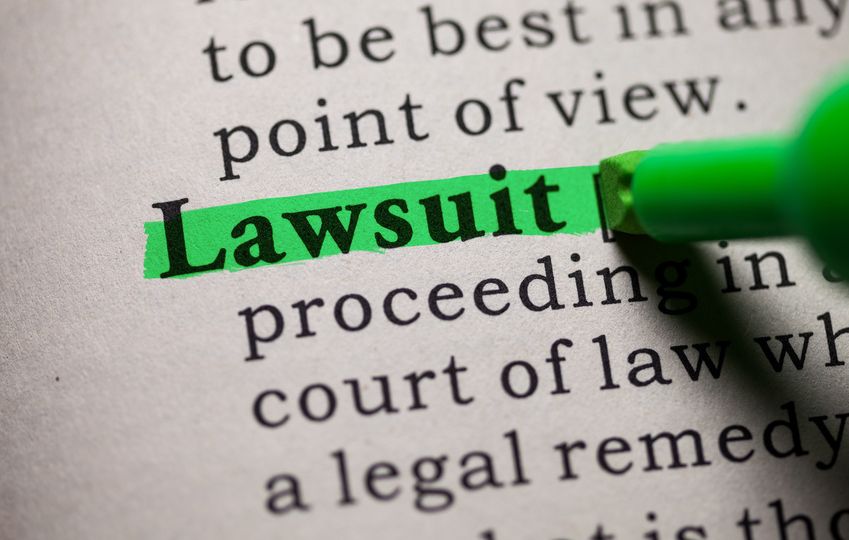
Have you been injured by the negligence or carelessness of someone else? Do you think you may have grounds to file a lawsuit? If so, it is important that you know the requirements, what the process entails, and what you can expect throughout the process. At Daic Law, we are here to help if you have questions or concerns. Read on to learn more about the process of filing a personal injury lawsuit.
Things to Consider when Filing a Personal Injury Lawsuit
Before filing a lawsuit, consider the following questions:
Do I have a case?
The only way to determine if you have a legal case is by discussing your situation with a personal injury attorney. Keep solid records of any medical reports or bills, accident or police reports, or other information that may help validate your claim. In order to establish that you have a personal injury claim, you must be able to prove that the other party had a duty of care, that he or she breached that duty, and that the breach resulted in the harm you suffered. These requirements vary depending on the individual nature of your situation.
Do I need an attorney?
Yes! It is never advisable to file a lawsuit without the guidance of an attorney. Attorneys have training, experience, and resources that can dramatically increase your chances of success.
Is there a deadline to file a lawsuit?
Known as the statute of limitations, all states require you to file a lawsuit within a specified time after the injury occurs. The statute of limitations is generally one to five years.
How expensive are personal injury lawsuits?
Most personal injury attorneys work on a contingency fee basis, meaning that you are not responsible for service or legal fees unless you win your case. If you win your case via settlement or verdict, then the attorney’s fees and other legal fees will be deducted from your total award amount.
How long is the personal injury lawsuit process?
The length of time it takes to resolve a personal injury lawsuit depends on several factors. The lawsuit process includes several steps, such as:
- Interrogatories – Documents submitted by one party to the other asking questions and clarifying details of the case.
- Discovery – The process of gathering evidence and information. The discovery phase is often the longest phase in a lawsuit. During this phase, both sides (plaintiff and defendant) will conduct witness and expert interviews, gather documents and records, exchange information, and file various court documents as needed.
- Settlement Discussion – A great many personal injury lawsuits enter settlement discussions. Many reach resolution without going to trial. During this phase, both parties will attempt to reach an agreement that is favorable for both parties, and will result in the plaintiff dropping the lawsuit in exchange for compensation. If the case settles, then the agreement will go to a judge for review and signing.
- Trial – If the lawsuit goes to trial, this process can also be lengthy. At trial, your case will be heard by a judge and/or jury, who will determine the outcome of the case based on the facts, evidence, and testimony presented. Once the judge or jury declares the outcome, the trial may then continue if appeals are filed, or if a retrial is ordered. Once again, the length of the trial process will largely depend on the individual case.
Getting Help with Your Personal Injury Case
We hope this article helps provide you a starting point in understanding your personal injury case. We also hope to provide valuable information about the basics of personal injury law. To learn more about your individual rights and legal options, contact Daic Law. Call us at 877-893-6040, or email us at info@daiclaw.com. We offer free consultations to every potential client. From personal injury to business litigation to debt defense – Daic Law is here for you.

